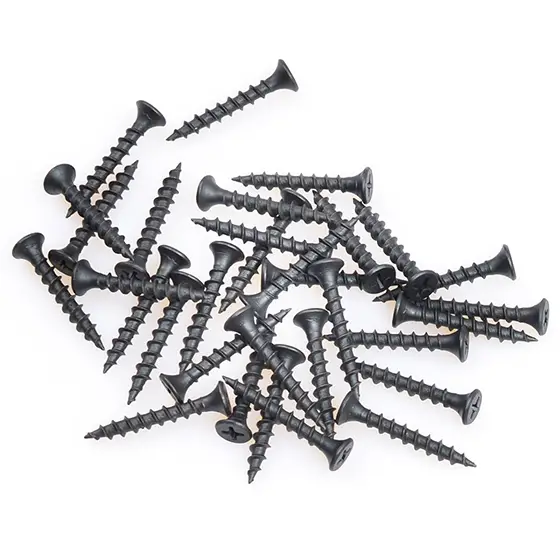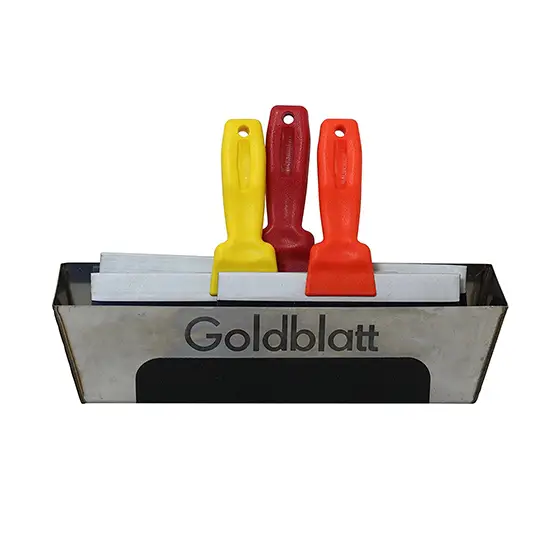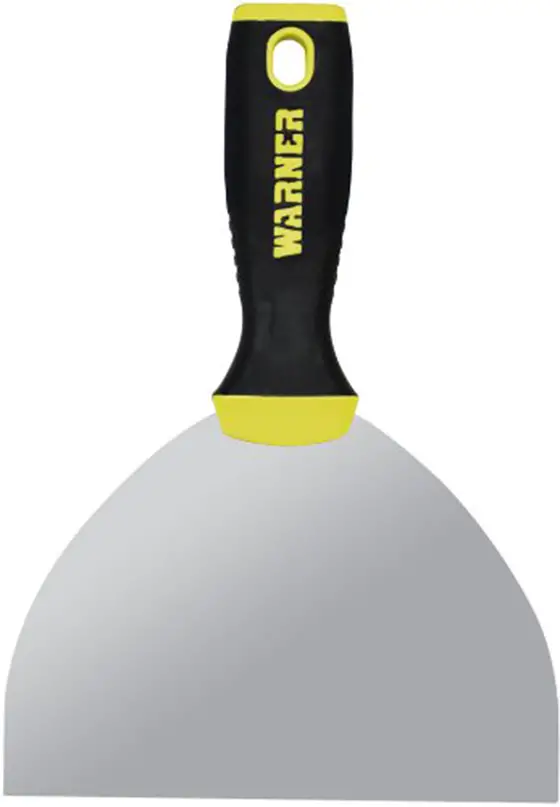Drywall Nail Pops
DEAR TIM: My builder has advised me to delay the installation of the drywall in my new home for as long as possible. He says that I will get a better finishing job with fewer defects. He also says that fewer 'nail pops' will develop. I think that he is trying to stall because his drywall contractor is stuck on another job. Is he telling me the truth? J. V.
DEAR J. V.: It is quite possible that both of you are right. As long as the delay is not substantial, you will benefit from the delay. Your builder is telling the truth with respect to overall quality of the finish job. He appears to be well informed on the subject of drywall installation.
Drywall Nail Pops
A primary cause of many drywall related call back repairs is rough framing lumber shrinkage. Framing lumber used in new construction often shrinks after it is installed. Kiln dried lumber often has a moisture content that ranges between 15 - 20 percent. The moisture content can drop to 10 percent after installation.
This loss of moisture is the result of normal drying and accelerated drying which occurs if your house requires heating during winter months. Lumber moisture content can be checked with a moisture meter.
This shrinkage is not uniform. Lumber experiences very little shrinkage along its length. It experiences moderate shrinkage in a direction perpendicular to the growth rings. This dimension in most framing lumber is generally referred to as its thickness.
CLICK HERE to get FREE & FAST BIDS from local contractors who can repair your damaged drywall.
The shrinkage is most pronounced along the direction of the growth rings or the board's width. For example, a 2x4 wall stud will experience its greatest shrinkage along the 4 inch face.
Because lumber, at this point in time, is the most common framing member used in residential construction, you should be concerned with shrinkage. If your framing lumber has not dried out, or was subject to excessive amounts of rainfall prior to the installation of your roof, you very possibly could experience many drywall failures. The most common being "nail pops."
Nail pops can occur for a variety of reasons. One common cause of nail pops is 'operator error'. The installer fails to push the drywall firmly against the framing lumber as it is being fastened. This failure results in a void space between the back of the drywall and the framing lumber. If someone or something pushes against the drywall, the drywall goes in and the nail pushes to the surface.
Nail pops can be avoided! Learn the secrets to great drywall installation in this Drywall / Plaster Installation Checklist. I offer a 100% Money Back Guarantee.
However, lumber shrinkage can create the same identical effect, even if the drywall was properly installed. Because shrinkage causes the greatest dimensional change along the lumber's width, a void area can develop between the drywall and framing members.
Lumber shrinkage can not be avoided. In fact, just as your builder recommends, you should plan for it to occur. Try to plan your construction so that the rough framing occurs during the driest time of the year. Do whatever is necessary to get the structure 'under roof' as quickly as possible.
After the house is under roof, try to keep the structure as open as possible. Keep doors and windows open during dry weather. Randomly sample the moisture content of your framing lumber. Avoid installing the drywall if you get consistently high moisture level readings. The wait will be worth it in the long run.
Besides, you really don't want the drywall contractor patching, sanding, and tracking dust through your house 9 months after you have moved in, do you?
CLICK HERE to get FREE & FAST BIDS from local contractors who can repair your damaged drywall.
Column 019


